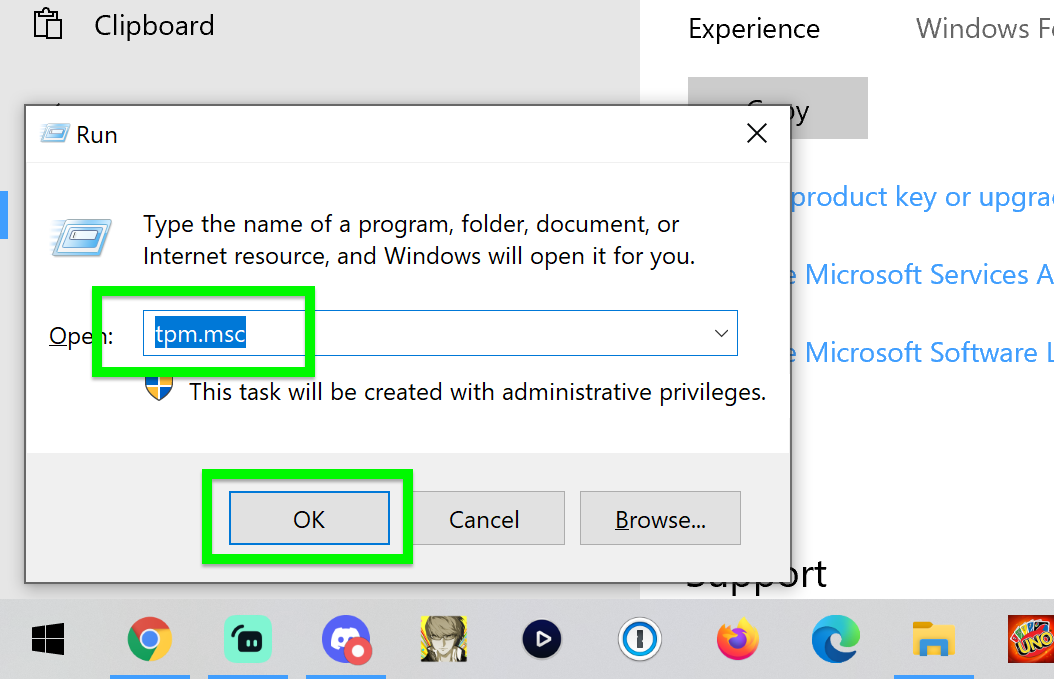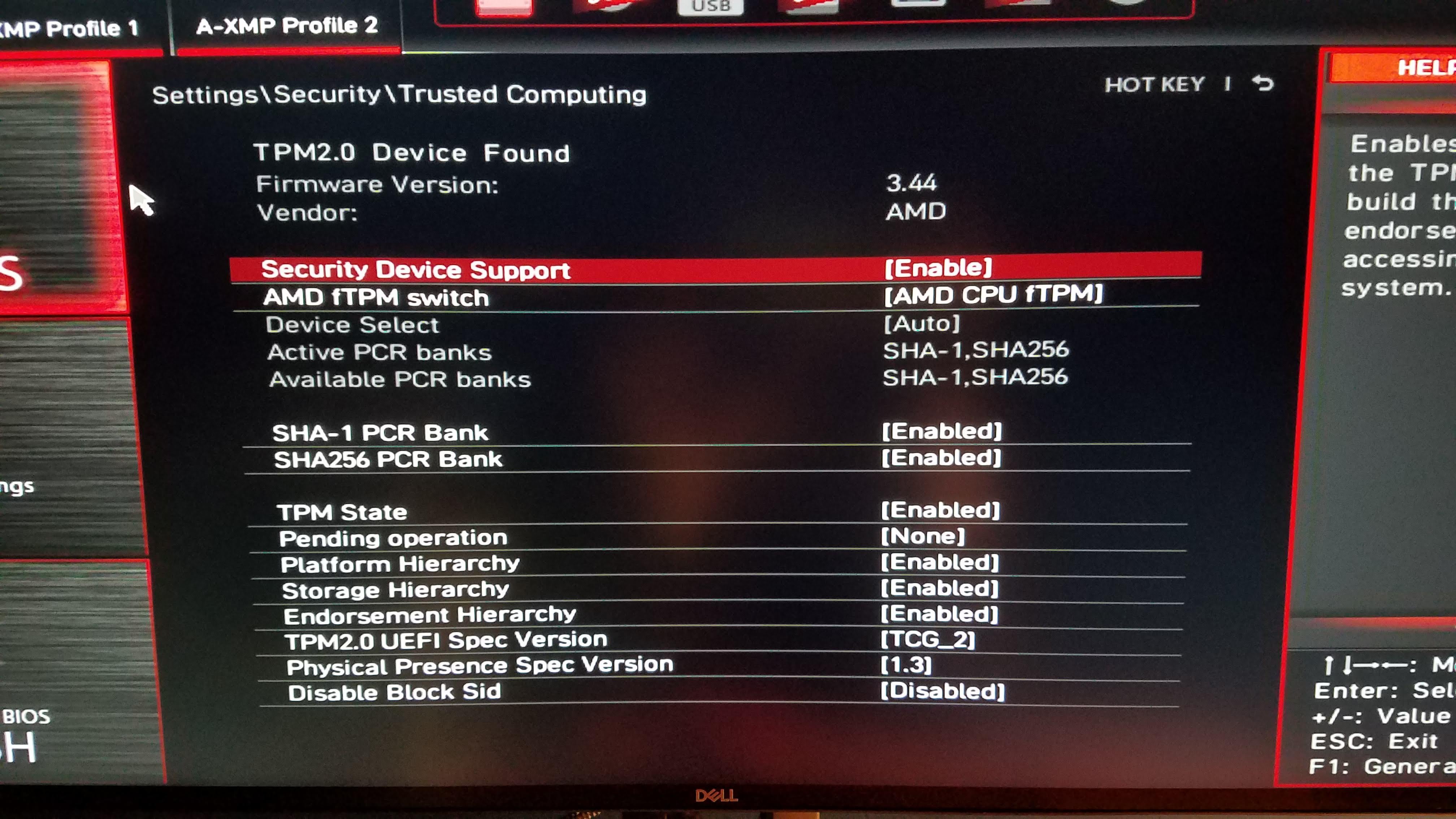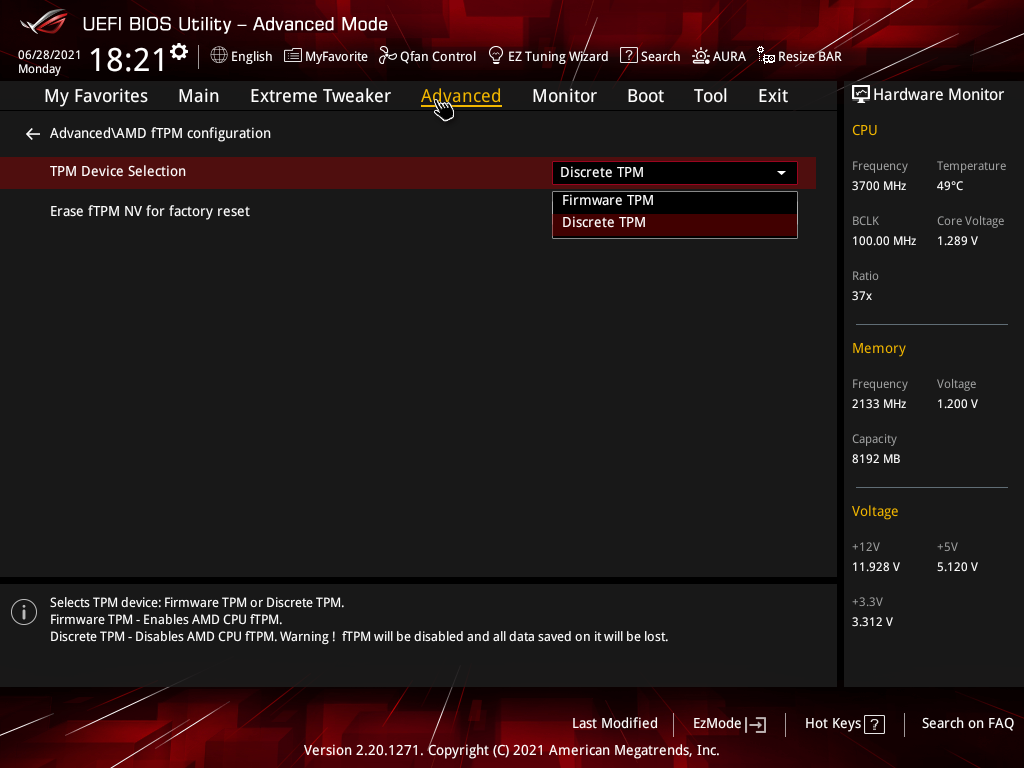
If they were caused by a virus or malware, your TPM chip goes into quarantine mode and helps your computer fight the threat.
Besides that, it can sense unexpected changes to your system. Using the TPM, your hardware protects any passwords or encryption keys sent in unencrypted form. Your TPM chip can combine with software to protect your system from hacking or exploitation. Here are a few examples of how it works to secure your device: The TPM module on your laptop plays a powerful role in keeping your PC safe. This chip helps your computer generate, store and limit the use of encryption keys and other security credentials on your device. Exceptions apply based on order configuration.TPM stands for “Trusted Platform Module.” It’s a technology designed to give your PC robust hardware-based security. The Eurasian economic commission #30 allows the import of computer systems with cryptographic devices since 2015.Ģ018: Most systems shipped to for the People’s Republic of China that are pre-installed with Windows 10 shipped with PTT (for Intel CPU’s) or fTPM (for AMD CPU’s) and satisfy the TPM 2.0 requirements for Windows 11. For more information, reference Trusted Computing Group TPM 2.0 Library Specification Approved as an ISO/IEC International Standard Date Published: J. 
Please contact your account team for assistance. Please follow the steps in this article to verify if your system is TPM enabled. Local laws and regulatory for import and usage of cryptographic components in computer systems may vary. Various ISO member countries (including Australia, Belgium, Canada, China, Czech Republic, Denmark, Finland, France, Ghana, Ireland, Italy, Japan, the Republic of Korea, Lebanon, Malaysia, Netherlands, Nigeria, Norway, the Russian Federation, South Africa, the United Arab Emirates, the United Kingdom and the United States) approved the TPM 2.0 standard back in 2015.


NOTE: When there is no Security Device branch that is listed, see the Microsoft Knowledge Base article Enable TPM 2.0 on your PC for more information.







 0 kommentar(er)
0 kommentar(er)
